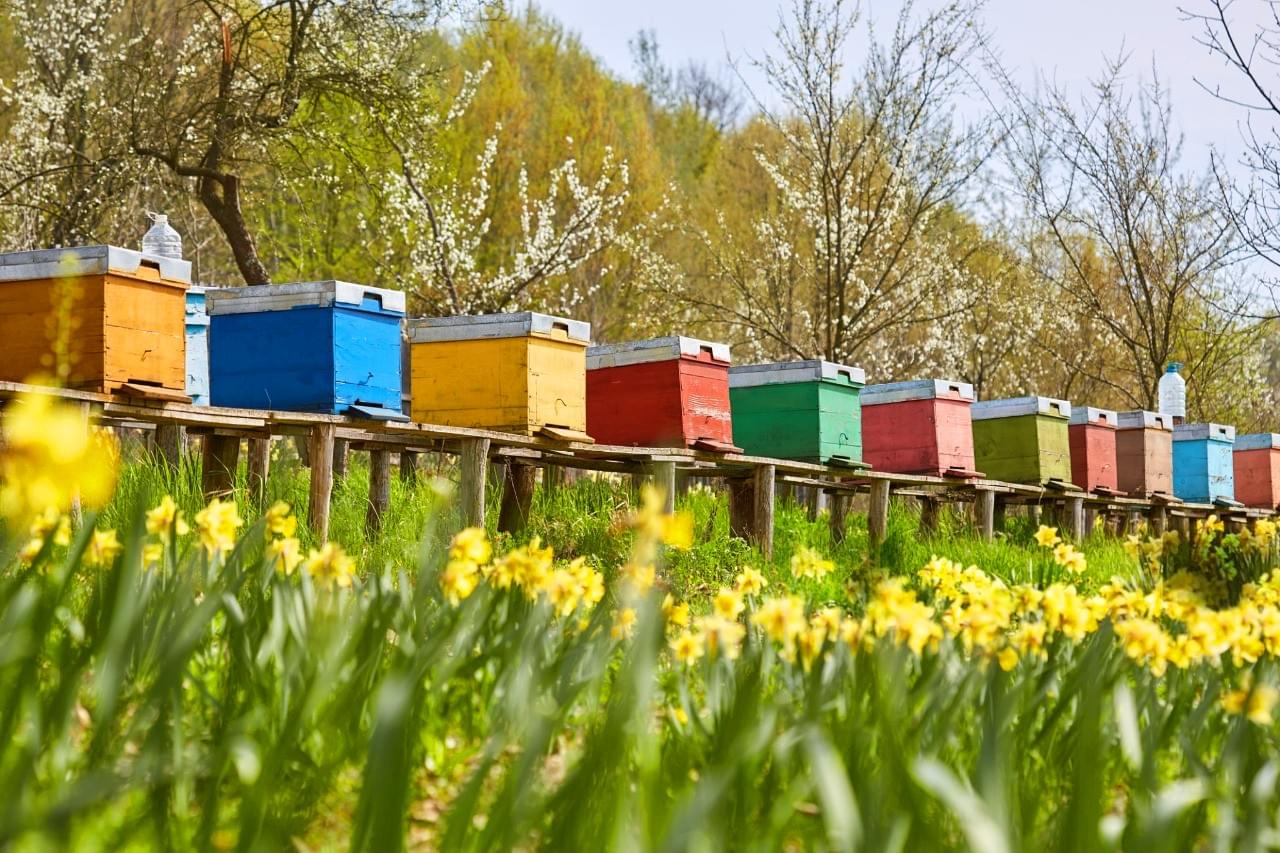Beekeeping has a long and storied history in China, dating back thousands of years. However, the introduction of Western beekeeping techniques in the late Qing Dynasty marked a significant turning point in the development of this ancient practice. This blog post will explore the journey of beekeeping in China, from its early days to the modern era, highlighting the pioneers who brought these techniques to the country and their lasting impact on the industry.
Table of Contents
ToggleEarly Introduction of Western Beekeeping Techniques:
The late Qing Dynasty was a period of significant change and modernization in China. Progressive intellectuals sought to enrich the country by adopting Western knowledge and technologies. One such area of interest was beekeeping, which had been practiced in China for centuries but was about to undergo a transformation.
On July 3, 1875, the Wanguo Gongbao (The Globe) published an article introducing the beekeeping situation in the United States. This marked the earliest introduction of Western beekeeping literature to China. The following years saw the publication of several important translations and works on beekeeping:
- 1876-1877: The Western Beekeeping Methods translated by British missionary John Fryer was published. This book introduced Western beekeeping techniques and the mysteries of the bee kingdom.
- 1898:Beekeeping Methods by Japanese author Hanabatake Yanagita and translated by Fujita Toyohachi was published. This book provided detailed insights into bee biology and beekeeping practices.
Government Support and Educational Initiatives:
The Qing government recognized the potential benefits of beekeeping and took steps to promote it. In 1903, beekeeping was included as part of the curriculum in higher agricultural, commercial, and industrial schools. This move significantly boosted the scientific understanding and practice of beekeeping in China.
Spread of Modern Beekeeping Techniques:
The early 20th century saw the continued spread of modern beekeeping techniques in China. Articles introducing advanced beekeeping methods from other countries were published in newspapers and journals. For example:
- 1908 and 1909: Articles titled The Manufacture of Beehives and Spring Bee Management were published in Guangzhou newspapers, introducing modern beekeeping techniques to a wider audience.
Introduction of New Bee Species and Techniques:
The introduction of new bee species and beekeeping techniques from abroad played a crucial role in the development of beekeeping in China. Several key events and individuals stand out:
- 1896: After the completion of the Chinese Eastern Railway, Russian settlers brought bees to the Harbin area. This marked the beginning of the introduction of Russian black bees and modern beekeeping techniques to Northeast China. According to local records, beekeeping quickly became a popular household activity along the railway line.
- 1900: Russian Orthodox settlers introduced Caucasian bees to Yili and Altai in Xinjiang. These bees, known for their adaptability and productivity, became the foundation for the Xinjiang black bees. Today, the Yili and Altai black bees are recognized as two distinct strains of the original Caucasian bees.
- 1912: Qing Dynasty scholar Gong Huaxi brought five colonies of Italian bees from the United States to his hometown in Hefei, Anhui Province. Although his efforts had limited impact due to the management of the bees by others, he is recognized as one of the earliest importers of Italian bees to China.
- 1911: Progressive scholar Zhang Pinan, a pioneer in modern beekeeping, co-founded the San Ying Bee Farm in Minhou, Fujian Province, to raise local bees. In 1912, he traveled to Japan to learn modern beekeeping techniques. In 1913, he returned to China with four colonies of Italian bees, Western beekeeping equipment, and beekeeping literature. Throughout his life, Zhang Pinan dedicated himself to the research and promotion of modern beekeeping techniques, becoming a pioneer in the modernization of China’s beekeeping industry.
- 1900-1910: Another notable figure in the early development of modern beekeeping in China was Hua Yizhi from Wuxi. He established a bee farm in Dangmen Town, Wuxi, and experimented with modern beekeeping methods. In 1911, he adopted Western beekeeping techniques to raise local bees and produced his own foundation wax for hive expansion. In 1916 and 1918, he imported three Italian bee queens and twelve colonies of Italian bees from Japan. In 1921, he imported five more colonies of Italian bees from the United States. Hua Yizhi’s contributions were instrumental in the development of modern beekeeping in China.
Modern Beekeeping in China:
Today, beekeeping in China has evolved into a sophisticated industry that combines traditional knowledge with modern techniques. The introduction of Western beekeeping methods and the importation of new bee species have significantly enhanced the productivity and efficiency of beekeeping in the country. Modern beekeepers in China utilize advanced equipment, scientific management practices, and a deep understanding of bee biology to maximize honey production and ensure the health of their colonies.

